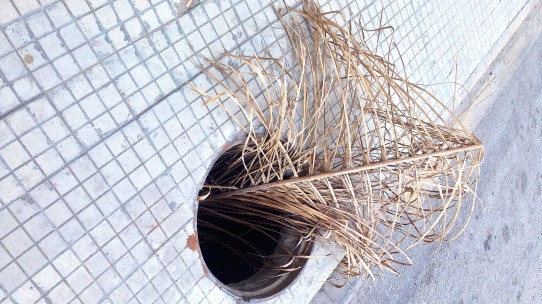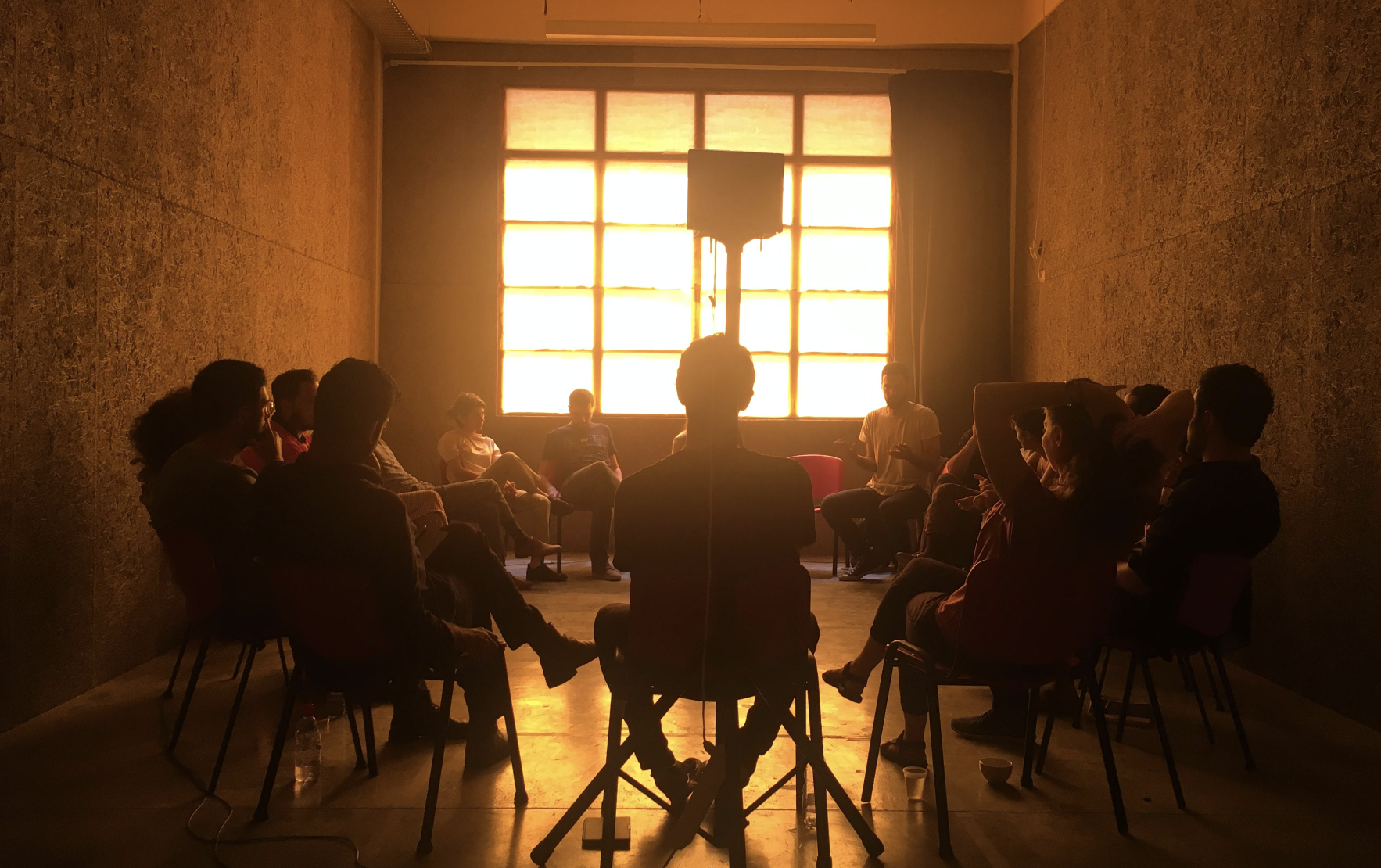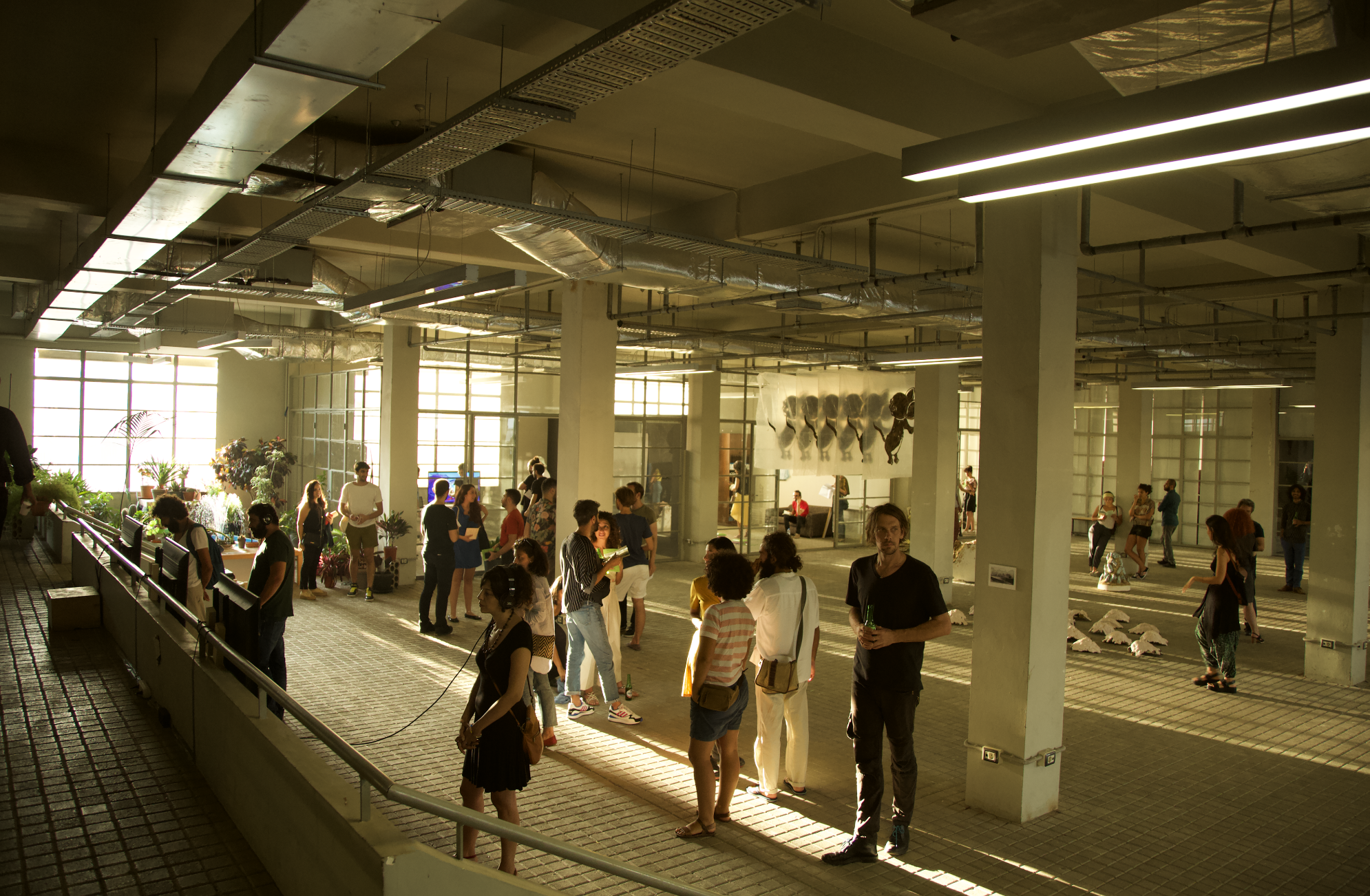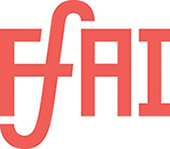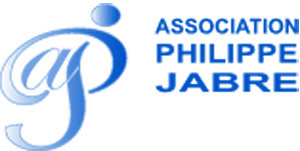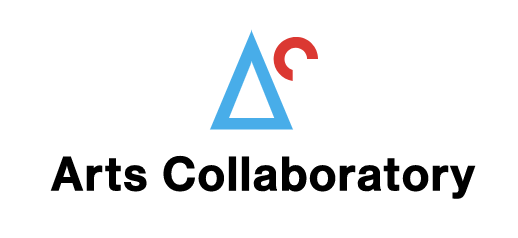Preface
Site | City | Country
Geology | Archeology | Architecture
Led by Rayyane Tabet
October 23 – November 3, 2017
For the 2017-18 preface, Rayyane Tabet proposes an in-depth observation of the immediate surroundings of Ashkal Alwan, three neighborhoods in Beirut and three sites across Lebanon through the lenses of geology, archeology and architecture.
Workshops
Preponderance of the small
WORKSHOP I | Natascha Sadr Haghighian
January 15 – February 2, 2018
What would art look like that does not represent or talk about something or somebody, but instead attempts to be in tune with the realities, the questions, the sites, the people and the struggles that are cohabiting the places it engages in? Fred Moten says that “you are already in it”, you are already in the thing that you call for and that calls for you.
The workshop will approach what it could mean to be in tune from different angles, using deep listening, elemental analysis and cognitive exercises – in short how we can think, talk and work ‘with’ rather than ‘about’ a subject matter.
WORKSHOP II | Lina Majdalanie
February 26 – March 9, 2018
This workshop aims to explore the relationship between the personal and the common (or the public). It aims to bring the distant closer and to estrange the familiar, or even to make a stranger out of it. It wants to dig vertically, archaeologically into a point, and to search horizontally for unexpected, possible and existing links.
Entanglements and Imbrications
WORKSHOP III | with Iman Issa
March 19 – 30, 2018
In various strands, the workshop will revolve around a central question of whether an independence of thought and action can be claimed by artists today. Can contested notions such as autonomy for artists, artworks, and their institutions hold any emancipatory potential or are different notions in need? Through a number of case studies, we will examine some of the different subject positions artists inhabit trying to unravel the varied economic, social and ideological entanglements that might be associated with such positions. We will also consider the conventions of aesthetic forms and use of sensual material; drawing a distinction between narratives (provided by the artist, curators, or others) and their supposedly corroborating sonic, visual, olfactory or other physical elements. The workshop will be run by Iman Issa and will contain two guest seminars run respectively by Antonia Majaca and Sven Lütticken.
Infra-Procedures
WORKSHOP IV | RAQS media collective
May 21 – June 1, 2018
Raqs will return to Ashkal Alwan with a cluster of situations, readings, performative learning conditions and actions designed to focus on what they call ‘Infra-procedures.’ A program for the consideration of what it means to be giving voice to thought and practice that normally stays out of earshot.
Infra-Procedures can be seen as undercurrents, as subterranean and submersible thoughts, as energies that are best cultivated under the skin. Their latency is their strength, not their weakness. Raqs will undertake a conceptual tour of gestatory processes across cultures, plumb the depths of conscious concealment – investigating the history of concepts such as Taquiyya (sacred dissimulation), or the Ba’atin (the hidden), or the Guhya (the secret) in the Islamicate and Indic traditions in order to explore their potential for contemporary practice. In order to step aside from the secret and the sacred, infra-procedures will also allow us to tap into unused frequencies of thought and consciousness, untried protocols of conversation and practice.
Course
The Withdrawal of Tradition Past a Surpassing Disaster
Seminar | Jalal Toufic
November 15, 23, 29 and December 6, 2017
We live in a block universe of space-time, where nothing physically passes and vanishes, but where occasionally things immaterially withdraw due to surpassing disasters. To detect this withdrawal, whether symptomatically or otherwise, one is well advised to look for it in messianic movements as well as in artistic and literary works. With regard to the surpassing disaster, art acts like the mirror in vampire films; it reveals the withdrawal of what we consider is still there. Following the surpassing disaster, the duty of at least some artists is to disclose the withdrawal (Resnais’s/Duras’s Hiroshima mon amour, 1961; Godard’s King Lear, 1987) and/or to resurrect what became withdrawn (Godard’s King Lear). In normal times a nebulous entity despite the somewhat artificial process of canon formation, tradition becomes delineated and specified by the surpassing disaster: tradition is what conjointly materially survived the surpassing disaster, was immaterially withdrawn by it, and had the fortune of being subsequently resurrected by artists, writers, thinkers, and messianists. If they repeatedly prove unable to resurrect what was withdrawn by the surpassing disaster, tradition, then it can be argued that, at the end of the “season in hell,” thinkers, artists, writers, and messianists are to abolish tradition altogether: “absolutely modern” (Rimbaud).
The Datalogical Condition
Seminar | Monika Halkort
February 7, 2018
This workshop critically interrogates the relation between knowledge ontologies and datafication with the intent of rethinking “voice” and “testimony” in digital practice and research. Datafication here refers to the ways in which aspects of the world previously not available for quantification are rendered into data, forging new bodily ontologies and modes of existence that open, what were once statistically predictable populations, to the speculative analytics of pure correlation, recalibration and relay. The primary ontological unit here are no longer self-enclosed entities such as the body, people or places, but topological relations and boundary (re)articulations that render things knowable, intelligible and determinate (Barad, 2003, p.818). How may such a relational understanding of data as multiplicity or transversal exchange between substances, energies, designs and materials expand the idea of agency and ethics in regards to critical practice and the ways in which we conceive of the subjects, objects and the sites of aesthetic process and research?
Tyger, Tyger Burning Bright
Seminar | Walid Sadek
February 21 & 22, 2018
Signs abound: the contemporary historical stage exhibits a surfeit of victims. The material of history is occulted by a dominant monologue of victimhood beholden to the promise of a future liberated from all that is unfinished in the past. How are we to think historically again? How do we give form to an aesthetico-political subjectivity unreconciled with the end of history? And how is the desire for a dialogue between an unreconciled victim and an unreconciled perpetrator made to begin?
The Reality of the Derivatives Market'
Seminar | Elie Ayache
April 25-26, 2018
1. We present the Black-Scholes-Merton model of derivative pricing, the problem it has solved and the problem it has created (known as ‘the volatility smile problem’). This problem is very challenging, not only computationally but also theoretically and philosophically. It is the reason why critical thinkers of finance who are not familiar with it have a narrow view of the derivatives market and its meaning, especially in relation with the future.
2. We investigate the foundations of abstract probability theory. The concept or ‘random variable’, introduced by Kolmogorov in 1933, and its success informally showing the strong law of large numbers, point to a conception of randomness that lies deeper than the intuitive view of randomness and random generators. It shows distinctions that thought has to make when it thinks the world, between what we call the ‘concrete’ and the ‘real’. It is at this level of the archaeology of thinking that the category of money emerges. Money is an alternative way of wiring the logic of the concrete and the real, hence an alternative way of introducing the matter of contingency inside the formalism of possibility and probability.
3. We extend the argument from money to the material exchange of derivatives and their pricing technology. When the advent of the Black-Scholes-Merton model is interpreted as a technological revolution which involves actors (market-makers) and technological means (writing of derivatives), it is shown that the market, thus understood in its full writing capacity, recaptures the full concreteness of the world, and hence of the future, in ways that escape abstract probability theory. The consequence, however, is to give a new meaning to the word ‘reality’, which may be incompatible with the one issuing from possibility and probability.





